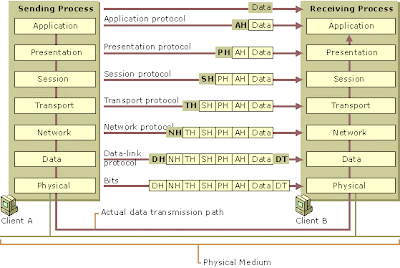Apple iPad Mini To Be Released In October
Apple is ready to release the new iPad Mini in October 2012. The company will have two separate press events later this year, one for the iPhone 5 in September and one for the iPad Mini in October. For your info, the new iPad Mini features a 7.85-inch touchscreen display.
Stay tuned for more updates. [PCLaunches].
Apple Introduces New iPad With Retina Display
Apple has announced the availability of the new iPad that features a 9.7-inch Retina display with a 2048×1536 pixels resolution. The tablet is powered by a more powerful dual-core A5X processor, a quad-core graphics chip and a 5-megapixel “iSight” camera that can record Full HD (1080p/30fps) movies. This camera features a five-element f/2.4 lens, a BSI sensor and the digital image stabilization. Available in black or white, the new Apple’s iPad will be released on March 16th, 2012 for $499 upwards, depending on the model. [Apple]
Apple TV 3.0 Released
Apple has finally released the new Apple TV 3.0. Powered by a single Core A5 processor, the new generation of Apple TV supports 1080p output and includes a completely redesigned UI that looks more like iOS. The Apple TV 3.0 enables you to wirelessly access your content from iCloud, Photo Stream, iTunes, and Netflix on your widescreen TV. The new Apple TV 3.0 is priced at $99. [Apple]
AU Optronics To Supply Apple With 7.85-inch Displays
According to rumors, AU Optronics is one of the suppliers that will supply Apple with 7.85-inch displays for the upcoming iPad mini. Apple will begin production of the 7.85-inch iPad Mini in the third quarter of 2012. The Apple iPad Mini will retail for between $249 to $299.
Upcoming iPad 3 With Retina Display
Word has it that Apple will launch their new iPad 3 in early 2012. This upcoming tablet will feature an HD retina display with a 2048 x 1536 resolution display. As a comparison, the current Apple’s iPad 2 only has a 1024 x 768 display screen. Apple’s suppliers have already shipped small quantities of components for the sampling of the iPad 3. Suppliers said that Apple has placed orders for a 9.7-inch screen device. Stay tuned for more updates. [The Wall Street Journal]
2011 Apple Mac Mini
The 2011 Apple Mac Mini is currently available on the Apple Store with prices starting from $599. The new Mac mini is powered by a choice of 2.3GHz or 2.5GHz dual-core Intel Core i5, or a faster 2.7GHz dual-core Intel Core i7 processor. The gadget also features a discrete AMD Radeon HD graphics processor with 256MB of GDDR5 memory, and the new Thunderbolt technology. For your info, the Thunderbolt technology provides two 10-Gbps channels for data transfer, supporting up to 12 times faster than FireWire 800 and up to 20 times faster than USB 2.0. You can daisy-chain as many as six Thunderbolt peripherals, including the new Apple Thunderbolt Display. Other specs include the latest 802.11n wireless technology designed to automatically connect to your Wi-Fi network, a built-in SD card slot, Gigabit Ethernet, HDMI, Mini Display port, four USB 2.0 ports and Firewire 800.
Apple Thunderbolt Display
Apple Today released the world’s first Thunderbolt display. The Apple Thunderbolt Display features a high-resolution 2560-by-1440 LED-backlit display, a FaceTime HD camera, a high-quality audio, three USB 2.0 ports, a FireWire 800 port, a Gigabit Ethernet port, and a Thunderbolt port for daisy-chaining additional high-performance devices. In case you didn’t know, the Thunderbolt I/O technology allows you to move data between your devices and your computer with unprecedented speed. With two channels of 10-Gbps throughput in both directions, it is up to 20 times faster than USB 2.0 and up to 12 times faster than FireWire 800. The new Apple Thunderbolt Display is priced at $999 each.
Apple Introduces Updated Time Capsule
Apple has quietly updated the capacity of its Time Capsule network attached storage devices, with 2TB and 3TB options, replacing 1TB and 2TB drives in the previous model. The Time Capsule is a revolutionary backup device that works wirelessly with Time Machine in Mac OS X Leopard or later. The device automatically backs up everything, so you never have to worry about losing your important files. The Time Capsule also functions as a 802.11n Wi-Fi base station, which operates in the 2.4GHz and 5GHz bands simultaneously. The 2TB model retails for $299, while the 3TB model is priced at $499.For more Details [Apple].

































.jpg)
